Transmissions: Giving Grief Its Ceremonial Due
Jessica Huang’s Transmissions in Advance of the Second Great Dying, directed by Melissa Foulger at Theatre Emory in Atlanta, Georgia, won first place in the EMOS Ecodrama Contest in 2022. Founded by myself and Larry Fried in 2004, EMOS is a consortium of artists, educators, activists, and scholars who believe that theatre must respond to the environmental crisis. The festival celebrates new dramatic work that engages global and local ecological issues across cultures. Typically, the EMOS festival is hosted by a university in partnership with local regional theatres and community organizations. EMOS has been hosted by Cal Poly Humboldt, University of Oregon, Carnegie Mellon, the University of Nevada-Reno, the University of Alaska-Anchorage, and most recently, Emory University. Since its inception, EMOS has raised new voices and new plays to critical attention.
Postponed due to the pandemic, EMOS 2022 was hosted by the Emory University Playwrights Center under the leadership of Lydia Fort. EMOS received over three hundred new play submissions—double that of previous years—perhaps a result of the pandemic or the rising specters of a changing climate. The five finalists all pointed the way forward with intersectional plays that centered Black, Indigenous, people of color (BIPOC) and LGBTQIA characters and their communities.
Through the labor of The Being, grieving is understood as active work.
Transmissions in Advance of the Second Great Dying is a tale of grief and global warming through the intersecting lives of Earth’s inhabitants. The play takes place in a hypothetical 2045, an envisioned future where a diverse group of human and non-human characters cope with the daily tasks of living in a changed and changing world. The play asks us to consider our relationships to survival and inexorable loss. Will we defend our privileges as long as we are able?
In Transmissions in Advance of the Second Great Dying, Huang spins a theatrical vision of the world to come if industrialized nations do not take unified action. In the Midwest of the United States, where the play is set, temperatures have spiked, food is scarce, and humans pursue a nomadic existence. The action follows Katrina and Carla, two women from two different generations who struggle with ethical dilemmas related to resource use and kinship with other animals. Katrina meets the last Canadian lynx, who follows her toward colder weather in order to survive. Carla meets The Being, whose job it is to mourn the slow death of Earth and each creature that has become extinct.
The character of The Being runs the risk of invoking a stereotypical (Western) visage of Mother Nature (and its racist and gendered assumptions). Huang has already resisted that generalized Nature by constructing a character with specific aims and desires: to pay homage to each and every specific creature lost to what Elizabeth Kolbert has called “the sixth extinction.” Played by gender-fluid actor Trevor Perry, the Being defies saturated notions of Nature as they interrupt habitual perceptions of socially constructed difference altogether. The Being, as embodied by Perry, recalibrates perceptions of the self as fluid, not encapsulated by normative binds and boundaries that impinge on identity, be those strictures rising from gender, ethnicity, race, body, or species. The Being invites us to make the leap from the presence of gender fluidity to a vision of self that defies all white Western social constructions of difference, including that we (as humans) are separate from, say, a lynx.
Through dialogue composed of Huang’s breathtaking poetry, The Being honors and grieves each lost creature because they love them. Love, and the remembrance of the uniquely dazzling expression of life’s possibilities that each lost species represents, is what drives The Being to carry on. In this way, Transmissions in Advance of the Second Great Dying carries out a ceremonial remembering and grieving in relation to loss of land and loved ones that is a necessary response to climate change. Ashlee Cunsolo Willox and others have argued that collective grief has the “potential to expand and transform the discursive spaces around climate change.” Transmissions in Advance of the Second Great Dying gives climate grief its due, reminding us that grieving is not only a personal act, but a political necessity.
As affective embodied knowledge, grief and grieving intervene in ways that defy boundaries and borders. Through the labor of The Being, grieving is understood as active work. The Being’s labors of love, and the diverse casting of the play as a whole, might inspire affective connections to the myriad ways, for example, that United States white supremacy, ongoing colonialism, climate change, toxic cities, and gun violence are systemically related. Grief as embodied labor-made-ceremony, legitimized, and publicly expressed through theatre, calls attention not only to loss of species, but also to the murder of Black, trans, immigrant, Indigenous women and others. Like Huang’s The Being, parents, siblings, communities, and kin everywhere struggle with loss at apocalyptic proportions (even as I write, there have been three mass shootings in the United States in two days). Transmissions in Advance of the Second Great Dying thus becomes an enacted litany of lives lost—naming the names and honoring the dead.

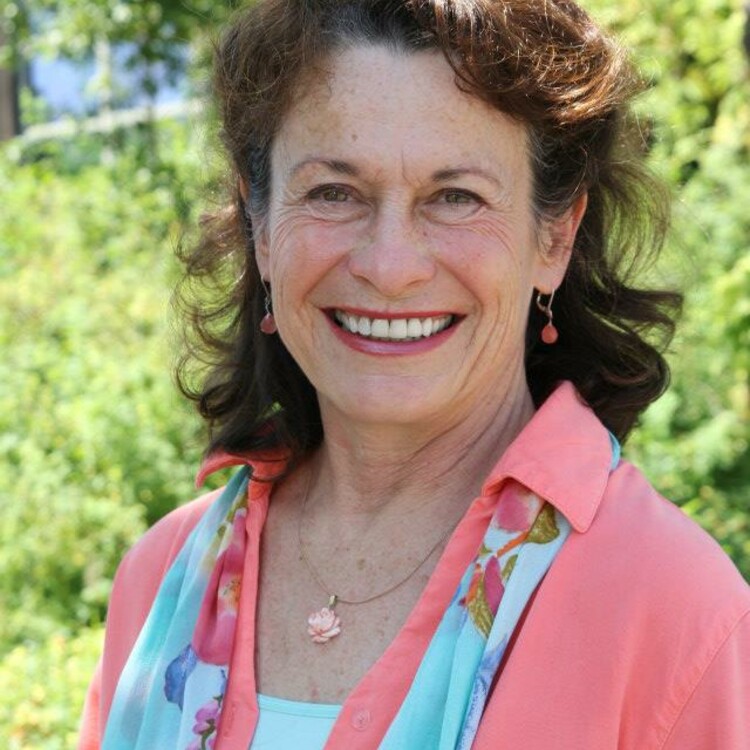
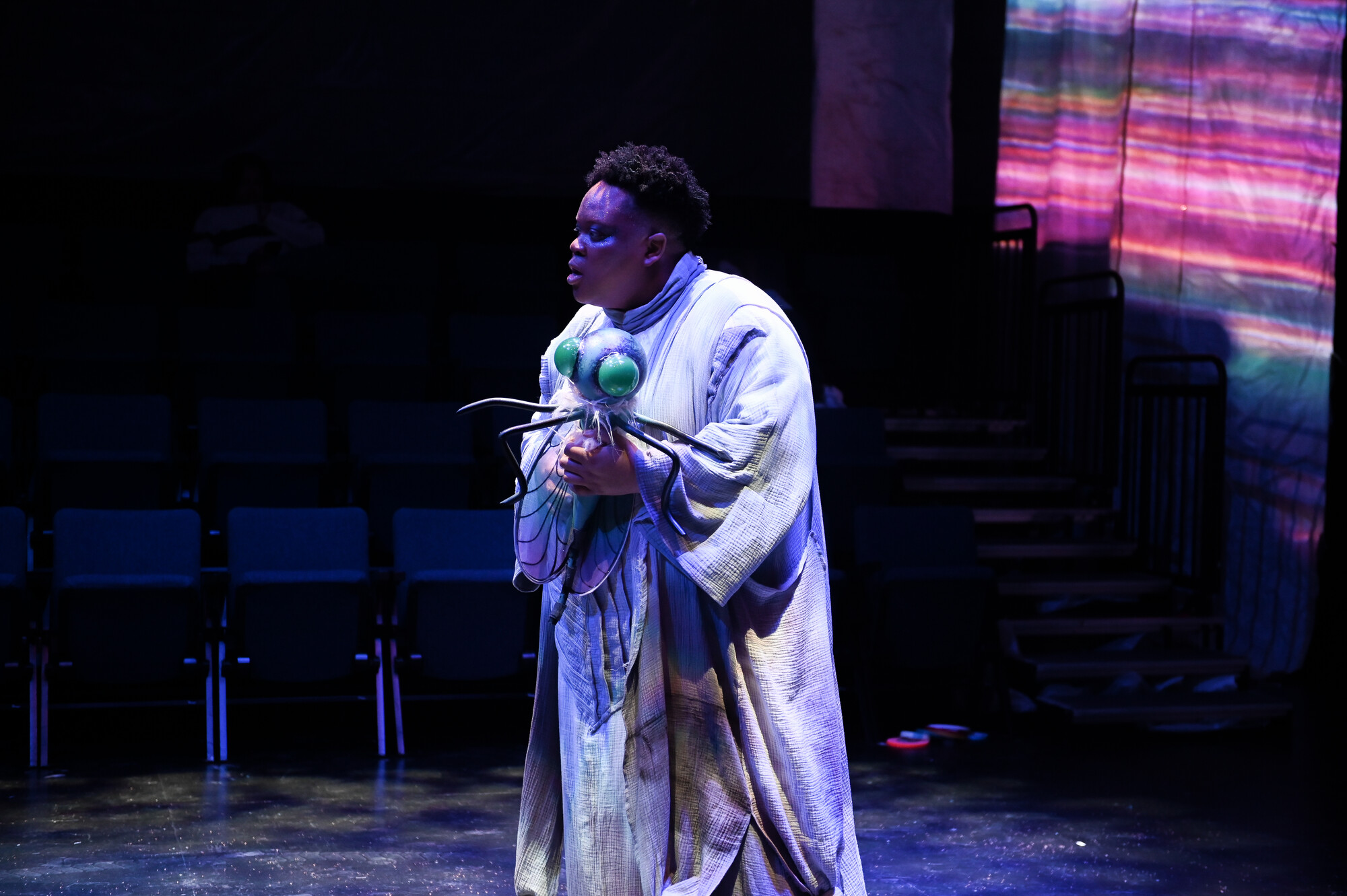

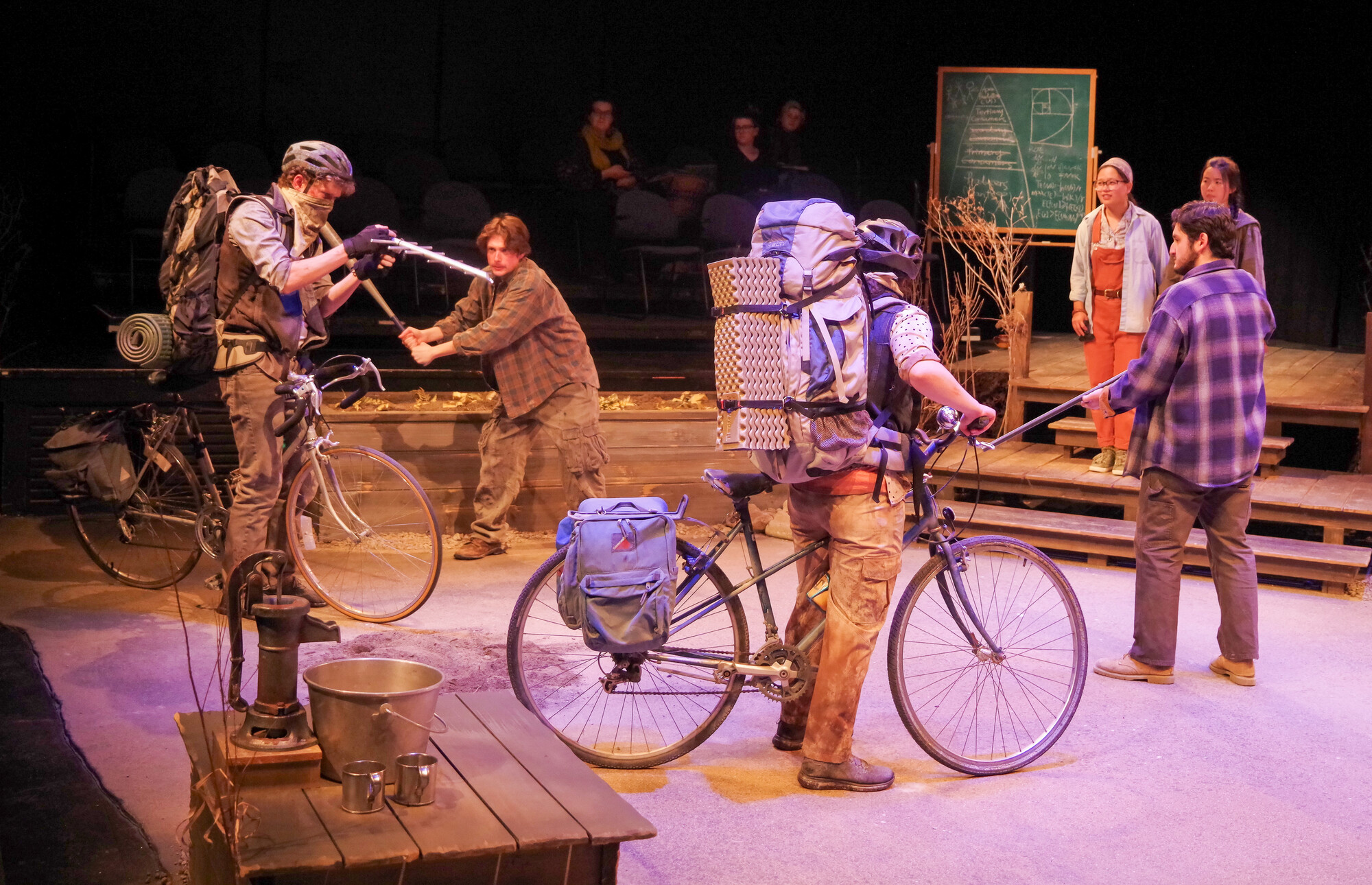

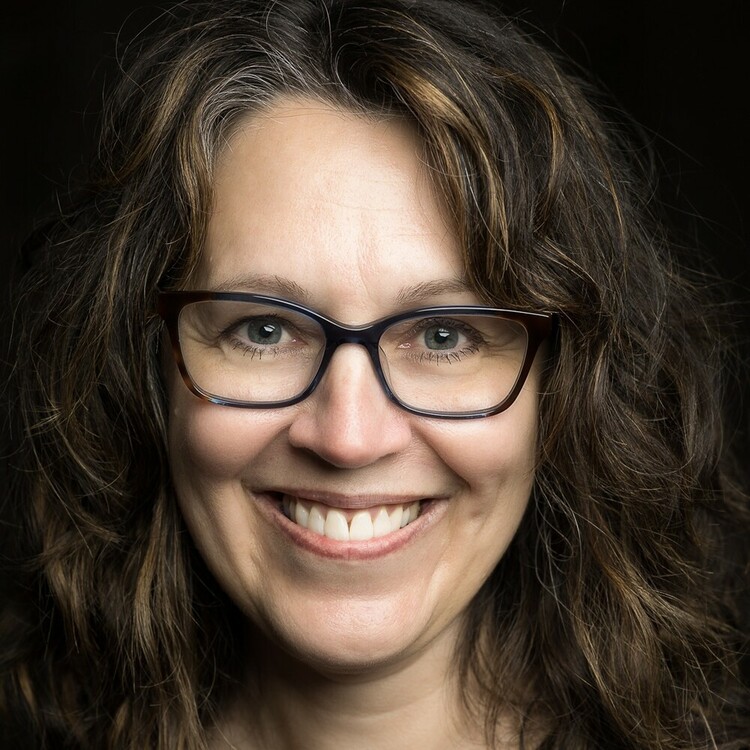
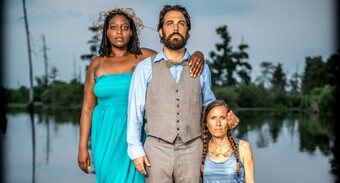




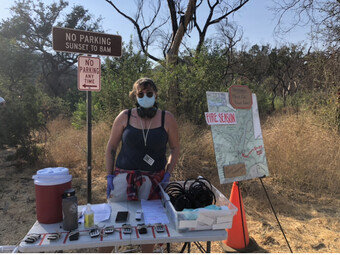

Comments
The article is just the start of the conversation—we want to know what you think about this subject, too! HowlRound is a space for knowledge-sharing, and we welcome spirited, thoughtful, and on-topic dialogue. Find our full comments policy here